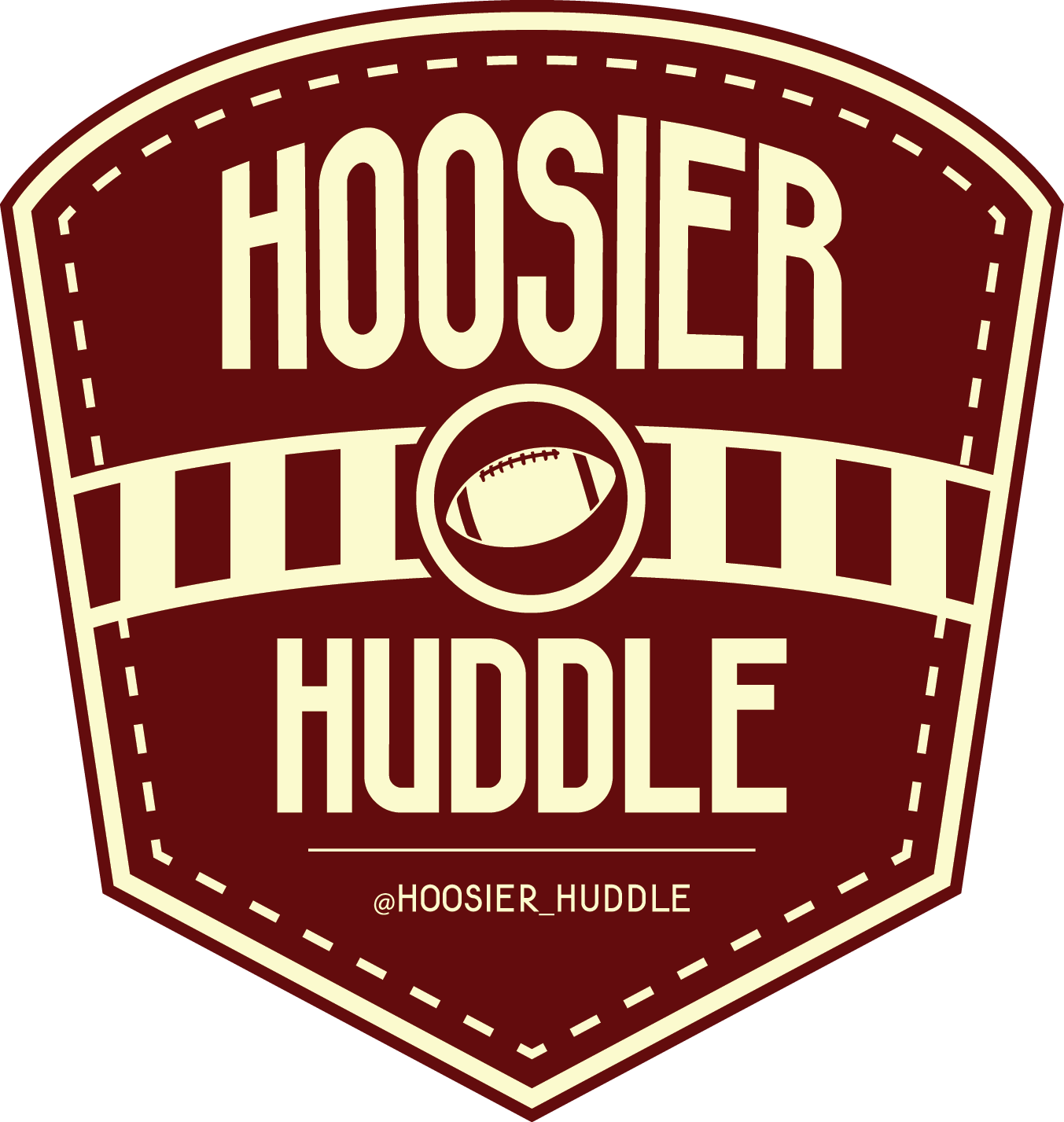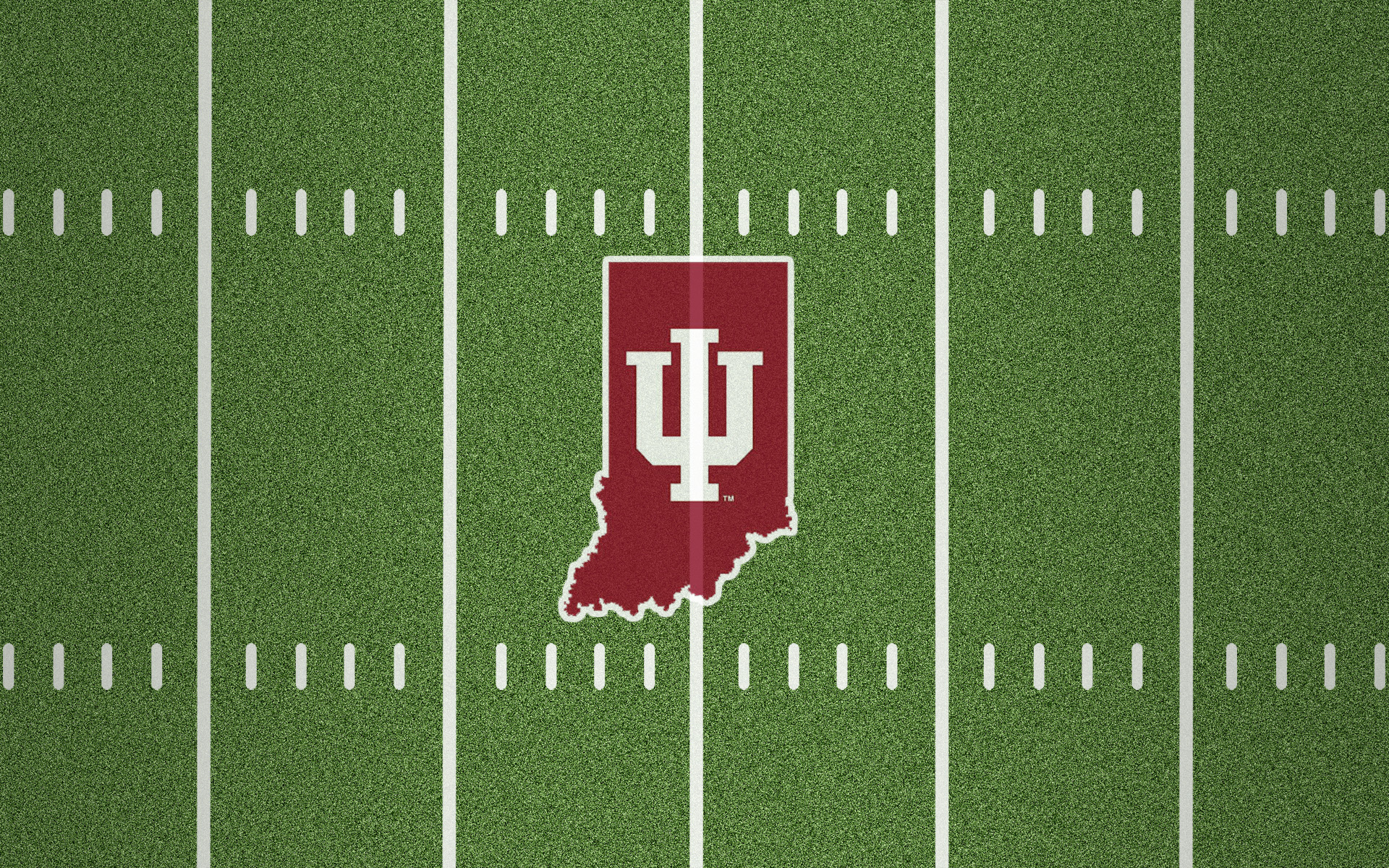The Good, The Bad, and The Ugly: A Review of 2014
/The Hoosiers' Season was derailed in mid-October when Nate Sudfeld was lost to injury
Written By Sammy Jacobs (@Hoosier_Huddle)
The 2014 Hoosier football season was filled with highs and lows. Indiana finished with a dismal 4-8 (1-7) record, but that was due in part to losing two quarterbacks to transfers and two more to injury. The Hoosiers had to bank on Nate Sudfeld staying healthy and he didn’t. So after a week of looking back at the past season here is the final Good, Bad, and Ugly from the 2014 season.
The Good
1. Tevin Coleman- The Hoosier running back capped off a special season by eclipsing the 2,000-yard mark in the final contest against Purdue. He finished the year with 2,036 yards and 15 touchdowns and has been named a Doak Walker Award Finalist for the best running back in the nation while making a case for being invited to New York City as a Heisman Finalist. He set the school record for most rushing yards in a single season and set the Rutgers Stadium rushing record for an opponent with 307 rushing yards in a loss to the Scarlet Knights. Without Coleman, it wouldn’t be difficult to judge where the Hoosiers would stand.
2. Young Defenders- In 2013 the Hoosiers defense was historically bad. This season the Hoosiers took a small step forward. Indiana was by no means a defensive powerhouse, but one can see that the talent and the schemes are getting better. The Hoosiers gave up a whopping 38.8 points per game in 2013. In 2014 they shed six points off that average. While giving up 32.8 points per game certainly isn’t ideal, Indiana is trending up. The upward trend is due in part to the influx of better, younger talent that was brought in with the last two recruiting classes. Players accounted nine of the Hoosiers’ 13 interceptions for were from either the freshman or sophomore classes (Dutra 3, Scales 3, Allen 2, Gooch 1). Defensive lineman Darius Latham, Ralph Green III, and Nate Hoff combined for 18.5 tackles for loss. Do not forget about linebacker T.J. Simmons, a sophomore, who finished the season as the team’s second leading tackler with 72, including 6.5 TFL’s, two sacks, two forced fumbles, and a fumble recovery. Do not forget that these players all have two seasons or fewer playing Big Ten football. College football is a game that is made for players who are juniors and seniors, so it will be exciting to see where this defense can go in the next two years.
3. Griffin Oakes- The Hoosiers entered 2014 losing arguably their best place kicker in program history in Mitch Ewald and trying to replace his production with two redshirt freshman kickers, Aaron Del Grosso and Griffin Oakes. Del Grosso had won the job out of fall camp but struggled early going just one of four on field goal attempts in 2.5 games. Oakes replaced him in the Hoosiers’ win over eventual SEC East champion Missouri. Oakes was the Hoosiers’ second leading scorer on the year accounting for 62 points. He was a perfect 23 of 23 on extra points and hit 13 of his 18 field goal attempts including a school record 58-yarder against Maryland. The Hoosiers have found their kicker of the future in Oakes and he has three more seasons to be a real weapon for the Indiana offense.
The Bad-
1. Red Zone Defense- Anytime a team goes 4-8 with only one conference win there is bound to be a boatload of bad, but the Hoosiers red zone defense was atrocious in 2014. Opponents scored a ridiculous 96 percent of the time when they got inside the Indiana 20-yard line, 60 percent of those scores were touchdowns. Yes, the Hoosiers did allow as many huge plays as they did in 2013, but were a turnstile in the red zone in 2014. If Indiana wants to reach a bowl game in 2015 they have to, at the very least, start holding opponents to field goals.
2. Passing Game- The passing offense for the Hoosiers was awful in 2014. You can blame that on the fact that starter Nate Sudfeld was injured in the sixth game of the year and the Hoosiers had zero experience behind him and were forced to start freshman Zander Diamont who was supposed to red shirt, but take a step back and actually look at what Sudfeld was doing before the injury. He was not playing that well. He wasn’t bad, but he wasn’t what he was in 2013. In five and a half games Sudfeld led Indiana to a 3-2 record with a very big win over Missouri, but his stats were not terrific. He completed 60.5 percent of his passes for 1,151 yards and six touchdowns and three interceptions, but Sudfeld was getting better as the season went on. Coming into 2014 I thought that being the clear starter would help Sudfeld gain some traction early and play with more confidence. Once Sudfeld went down the wheels came off the Hoosier passing game. With Diamont under center the Hoosiers threw for just 515 yards and one touchdown in six games. Needless to say that if the Hoosiers are going to be successful they are going to need to fix the quarterback situation in 2015.
3. Kick Returns- In college football the high echelon teams are usually better on offense or defense than Indiana is, but the successful teams that are at a disadvantage on one side of the ball usually gain an upper hand with a great special teams unit. The Indiana Hoosiers could not gain an advantage in the kick return game all year. Despite having explosive players like Shane Wynn, J-Shun Harris II, Rashard Fant, and Laray Smith the Hoosiers averaged a meager 18.8 yards a return. By the way Fant and Smith, two of the faster players on the team did not get any time returning kicks. The 2014 Hoosiers needed every yard it could muster to help a struggling offense and when a team can only muster 18 yards on kick returns it just puts the team into a bigger hole. The lack of success in the return game is not only the fault of the returners, but also the blockers as well. The return team has to work as one to open up the holes for these players to get through and the holes just were not there for very long.
The Ugly-
1. Dropped Passes- My goodness it was a frustrating year for Indiana receivers. The Hoosier pass catchers caught a bad case of the drops and nobody was immune. The most costly drop of the year probably came when Shane Wynn dropped a beautiful pass from Nate Sudfeld that would have resulted in a touchdown but ended the quarterback’s season on the next play when he was sacked by an Iowa defender. Drops also cost the Hoosiers points and a possible win in games against Penn State and Rutgers. Having young receivers is not an excuse to drop passes and the Hoosiers have a ton of youth, but there is plenty of time to turn this players around for the future.
2. Injuries- Every team has injuries. It is part of the game of football. The difference between great teams and bad teams is if they have the quality depth to cope with a star player going down. In 2014 the Hoosiers suffered the one injury they were not equipped to handle. Blame whomever you want for the lack of depth, but it cost the Hoosiers a bowl berth. Everyone knew once Tre Roberson transferred, leaving the Hoosiers with just Nate Sudfeld and a handful of unproven players, that any kind of injury to the quarterback would be catastrophic. The only upside to this is that freshman quarterback Zander Diamont got to take very meaningful snaps and accelerated his growth. If the Hoosiers cannot land a junior college transfer before spring practice Diamont will be the backup to Sudfeld in 2015.
3. The Loss to Bowling Green- Want to talk about momentum killers? Well here you go Indiana fans. The loss to Bowling Green crushed whatever momentum the program had with the fan base. It reinforced the notion that IU football cannot be trusted. Even with the great win over a very good Missouri team the Hoosiers failed to fill up Memorial Stadium for their Big Ten opener against Maryland. Oh and by the way it was 75 degrees and sunny that day. This game made the IU fan base sit back and say “Same old Indiana”.






